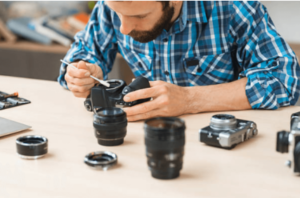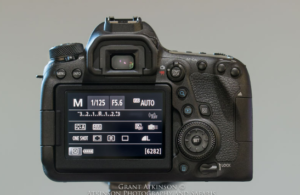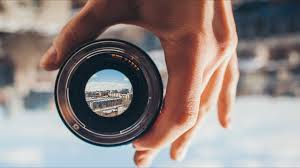Which camera sensor is best ?
Choosing the right camera sensor can be overwhelming, given the variety of options available in the market. Whether you’re a professional photographer or an amateur enthusiast, understanding the different types of camera sensors and their benefits can help you make an informed decision. In this article, we will delve into the intricacies of camera sensors, their types, and how to choose the best one for your needs.
Understanding Camera Sensors
Camera sensors are the heart of digital cameras, responsible for capturing light and converting it into digital images. The quality of your photos greatly depends on the sensor’s performance.
Types of Camera Sensors
CCD (Charge-Coupled Device)
CCD sensors were once the standard in digital cameras, known for their high image quality and low noise. However, they are more expensive and consume more power.
CMOS (Complementary Metal-Oxide-Semiconductor)
CMOS sensors are now more common in modern cameras due to their lower cost and power consumption. They also offer faster readout speeds, making them ideal for continuous shooting and video recording.
Full-Frame vs. Crop Sensors
Full-Frame Sensors
Full-frame sensors are equivalent in size to a 35mm film frame. They offer superior image quality, better low-light performance, and a wider dynamic range. These sensors are typically found in high-end DSLRs and mirrorless cameras.
APS-C Sensors
APS-C sensors are smaller than full-frame sensors but larger than Micro Four Thirds sensors. They are commonly used in mid-range DSLRs and mirrorless cameras, providing a good balance between image quality and cost.
Micro Four Thirds Sensors
Micro Four Thirds sensors are even smaller, making them ideal for compact and lightweight camera systems. They offer decent image quality and are popular among travel and street photographers.
Factors to Consider When Choosing a Camera Sensor
Image Quality
Image quality is paramount. Full-frame sensors generally provide the highest quality images, but modern APS-C and Micro Four Thirds sensors have significantly closed the gap.
Low Light Performance
Sensors with larger pixels typically perform better in low light. Full-frame sensors excel in this area due to their larger surface area.
Dynamic Range
A higher dynamic range allows a camera to capture more details in both the highlights and shadows. Full-frame sensors usually offer a better dynamic range.
Resolution
Resolution is measured in megapixels. While higher resolution can provide more detail, it also requires more storage space and can slow down your camera’s processing speed.
Popular Camera Brands and Their Sensors
Canon
Canon is known for its Dual Pixel CMOS sensors, which offer excellent autofocus performance and image quality.
Nikon
Nikon’s full-frame and APS-C sensors are renowned for their exceptional dynamic range and low-light capabilities.
Sony
Sony leads in sensor innovation, especially with its full-frame and APS-C mirrorless camera sensors, which deliver outstanding image quality and speed.
Fujifilm
Fujifilm’s APS-C sensors are celebrated for their unique color reproduction and high image quality, often found in their X-series cameras.
Camera Sensors in Smartphones
Smartphone cameras have come a long way, with advanced sensors that rival some compact cameras. Brands like Apple, Samsung, and Google incorporate sophisticated sensors with AI-enhanced features to produce stunning images.
Future of Camera Sensors
The future of camera sensors looks promising with advancements in AI, increased resolution, and better performance in low light. Innovations such as stacked sensors and global shutters are also expected to become more mainstream.
When considering which camera sensor is best for you, it’s also essential to keep your camera’s firmware up to date. Regular firmware updates can improve your camera’s performance and add new features. To learn more about this, on How Frequently Should You Update Your Camera’s Firmware?
RELATED POSTS

Understanding Different File Types and Their Impact on Memory Card Storage

How Can You Fix Focus Issues in a Camera Lens That Consistently Produces Soft or Blurry Images?

How Photographers Can Optimize Their Use of Multifunctional Control Dials for Faster Adjustments ?

